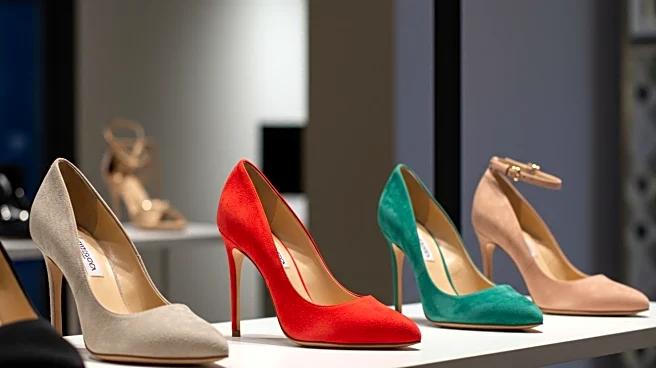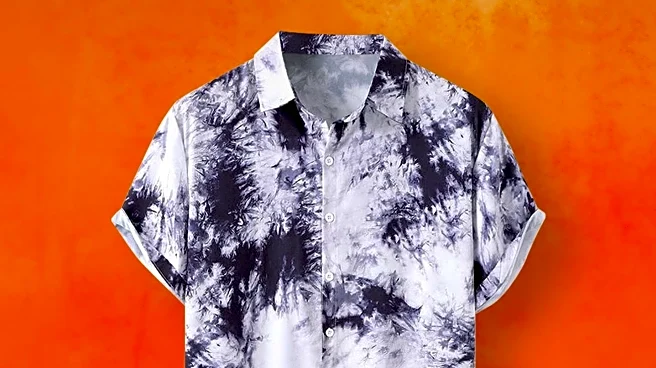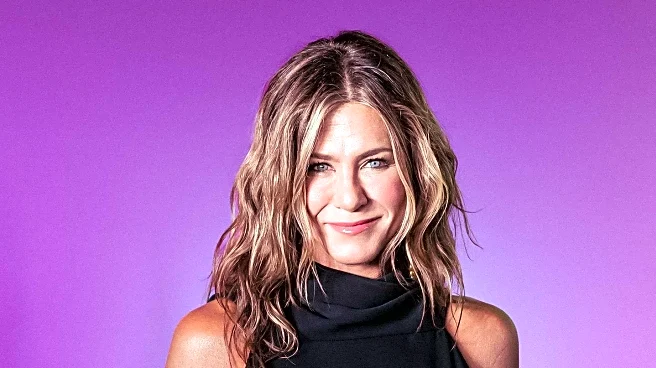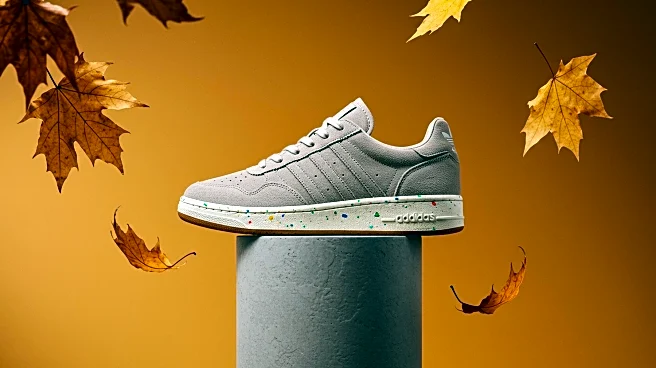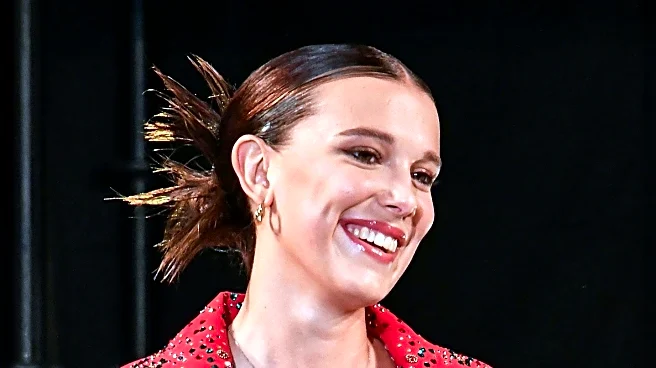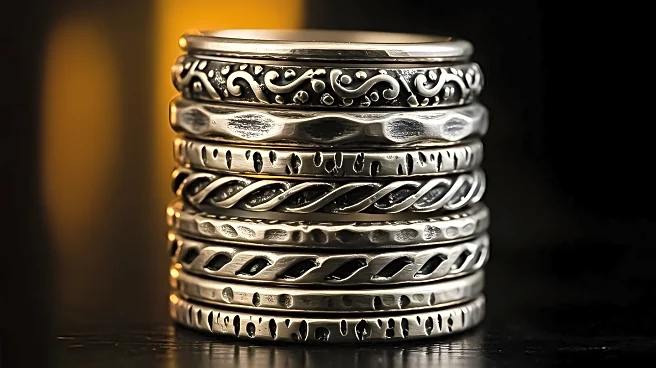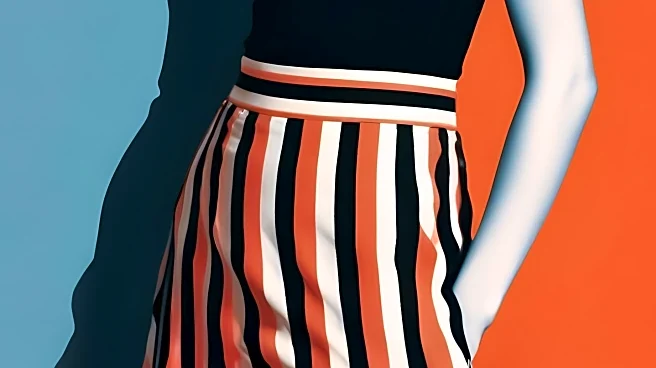Rapid Read • 9 min read
The youth culture newsletter 'Mixed Feelings' has released its first print issue, focusing on the medievalcore trend that is currently influencing fashion and pop culture. This trend, characterized by aesthetics drawn from the Middle Ages, has been seen in recent runway shows by Dior Cruise, Ann Demeulemeester, and Burberry, as well as in notable performances such as the VMAs. The magazine explores this cultural moment through various stories, including the rise of romantasy novels and the incorporation of renaissance faire elements into modern wardrobes. A central feature of the issue is a style story and photoshoot with makeup artist Anya Tisdale, who is depicted as a centuries-old archetype, blending elements of knightly armor and pagan glamour. Editorial director Amalie MacGowan describes the decision to focus on medieval themes as intuitive, reflecting a desire to escape reality through fantasy.
AD
The medievalcore trend represents a significant shift in fashion and cultural expression, offering a form of escapism during uncertain times. By embracing fantasy and historical aesthetics, individuals can explore new identities and narratives, which may provide comfort and creativity amidst contemporary challenges. This trend also highlights the cyclical nature of fashion, where past styles are reimagined to fit modern sensibilities. The focus on medievalcore in 'Mixed Feelings' underscores the influence of youth culture in driving fashion trends and shaping cultural discourse. As brands and designers continue to incorporate these elements, the trend could lead to broader changes in fashion industry practices and consumer preferences.
As medievalcore gains traction, it is likely to influence upcoming fashion collections and cultural productions. Designers may further explore historical themes, integrating them into modern designs to appeal to consumers seeking unique and immersive experiences. The trend could also inspire collaborations between fashion brands and cultural institutions, such as museums, to create exhibitions or events that celebrate medieval aesthetics. Additionally, the popularity of medievalcore may encourage other subcultures to emerge, each offering new perspectives and styles. Stakeholders in the fashion industry will need to adapt to these evolving trends to remain relevant and engage with a diverse audience.
The rise of medievalcore may reflect deeper societal desires for escapism and nostalgia, as individuals seek refuge from contemporary political and social challenges. This trend could also prompt discussions about the role of fantasy in art and culture, exploring how historical narratives can be reinterpreted to address modern issues. Furthermore, the blending of past and present styles may lead to innovative approaches in fashion design, encouraging experimentation and cross-cultural influences. As medievalcore continues to evolve, it may contribute to broader conversations about identity, creativity, and the power of storytelling in shaping cultural landscapes.
AD
More Stories You Might Enjoy


